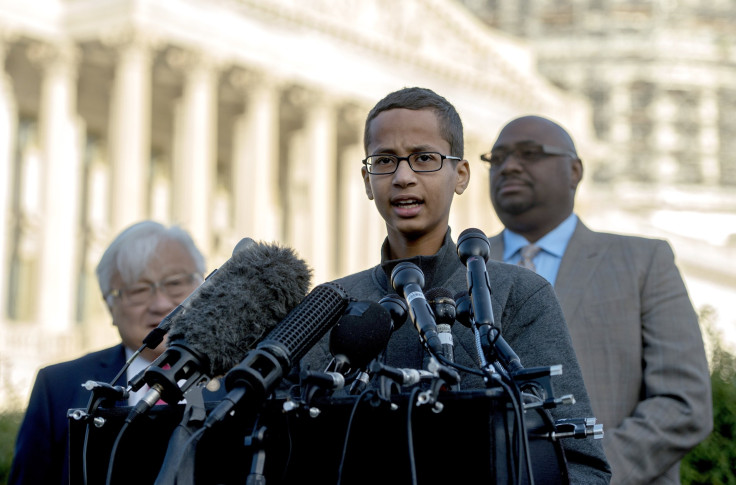Muslim Students In California Report Discrimination At Twice National Bullying Rate

Muslim students in California public schools and non-Muslim private schools report being bullied and discriminated against at much higher rates than their peers, according to a report released Friday by the Council on American-Islamic Relations. The study, which interviewed 621 Muslim students in 2014, found that about 55 percent said they experienced bullying or discrimination, which is twice the national average of students who report being bullied.
In the survey, researchers asked students ages 11-18 questions about how comfortable they felt openly identifying as Muslim at their school and about incidents in which they felt uncomfortable because of comments or actions by other students or teachers. "We really want to make sure we serve our young people, our young generation," Hanif Mohebi, executive director of CAIR’s San Diego office told the Los Angeles Times. "If we don't do that, we won't be in a good place."
The survey’s results represent an increase in anti-Muslim discrimination from a similar report by the civil rights group in 2012. Many students in the latest survey reported experiencing multiple types of bullying, but 52 percent of students faced verbal abuse, making that the most common type of incident.

More male students experienced bullying overall, but more female students said they were discriminated against by a teacher or administrator. Among the girls who wear a hijab, or headscarf, 29 percent experienced “offensive touching or pulling” of the hijab and 27 percent said they had faced discrimination from teachers.
"Girls who wear the hijab are often stereotyped on a regular basis as uneducated or oppressed for wearing it and must constantly affirm to others that it is their choice to wear it," the report said.
Of the students who reported discrimination or bullying to teachers or administrators, 46 percent said they were “unhappy or unsure” with the manner in which their school handled the incident. Beyond direct discrimination, the report also details the cultural effect anti-Muslim sentiments can have in schools.
The number of students who said they felt comfortable participating in class discussions about Islam or countries where Muslims live dropped 4 percent from the 2012 survey to 76 percent.
The report comes at a time when Muslim students around the country are reporting discrimination. A New Jersey school recently declined to punish a student who posted on social media a photo of a female classmate wearing a hijab with a caption labeling her as a member of the Islamic State group. When the Muslim student, Saira Ali, took her experience to social media, it went viral, according to Al Jazeera.
In another recent experience with discrimination, a Texas teenager named Ahmed Mohamed was arrested after he brought a clock to school that his teachers mistook for a bomb. His story also went viral and he was welcomed in the White House and won a scholarship to study in Qatar.
© Copyright IBTimes 2024. All rights reserved.






















